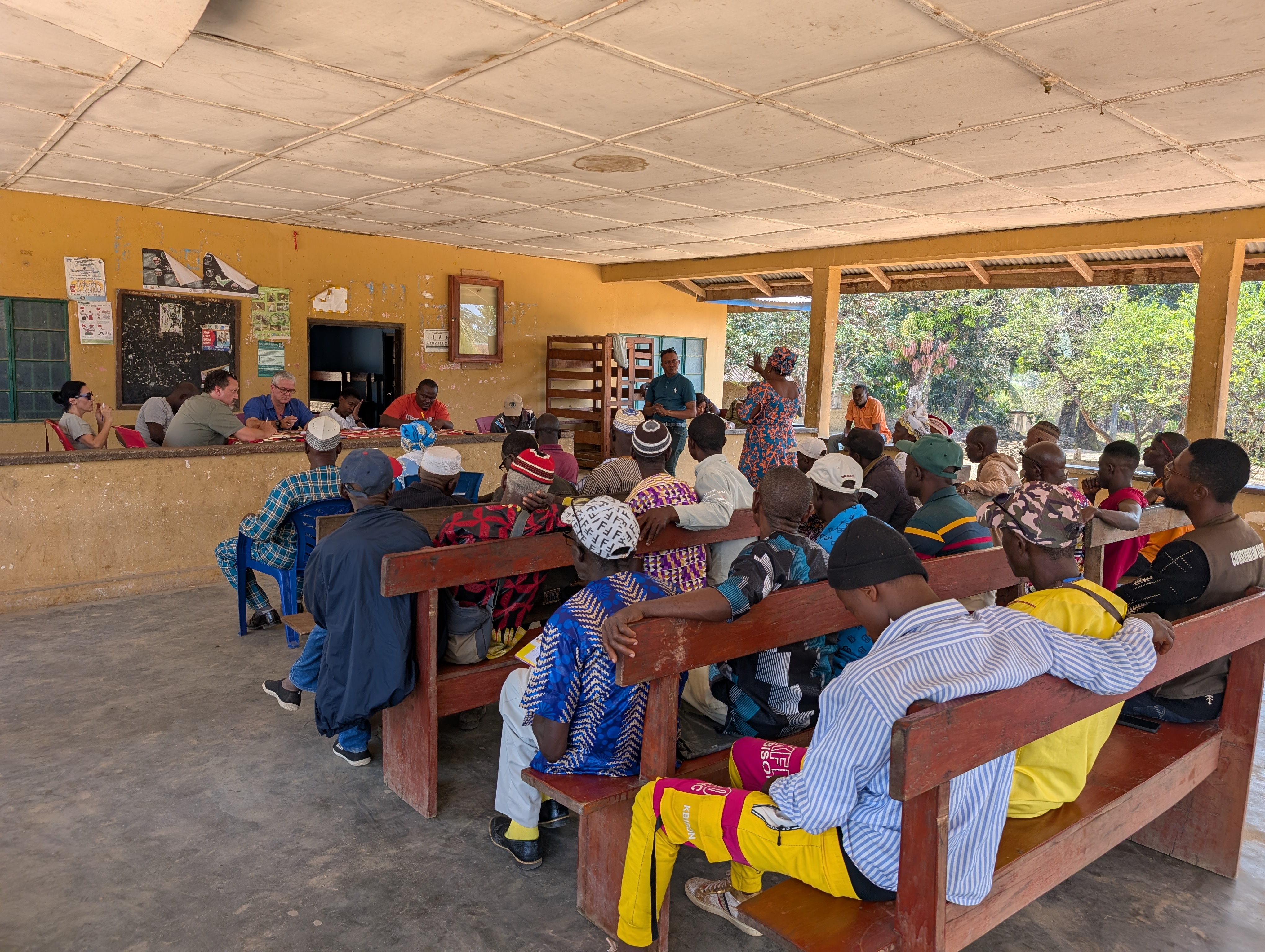Tool for measuring protected area management effectiveness adapted for use in community forests
Discussion details
As countries submit their pathways, in the form of National Biodiversity Strategies and Action Plans, to deliver on Convention on Biological Diversity (CBD) commitments such as the Global Biodiversity Framework ‘30x30’ target - to place 30% of land, inland waters and oceans in protected areas and other effective conservation measures by 2030 - it is more important than ever to shine a critical light on how protected areas are managed.
In essence, if protected areas are to deliver the benefits expected of them, beyond their simple creation on maps, authorities and managers need to be able to measure their performance and progress and show that they are contributing to biodiversity conservation.
A tool to measure protected area management effectiveness
In 2014, the European Commission’s Joint Research Centre (JRC) developed the integrated management effectiveness tool (IMET) in the context of the Biodiversity and protected areas management programme (BIOPAMA) in Central and West Africa. A computer application, IMET enables the evaluation of management effectiveness of a protected area, helping to improve decision-making for management, operation and planning.
How to assess management in other 'conserved areas'?
IMET is particularly well suited to ‘standard’ protected areas. However, for other areas that also contribute towards conservation objectives (and will count towards the CBD target) – other effective area-based conservation measures (OECMs), community forests, locally managed marine areas (LMMAs), indigenous and community conserved areas (ICCAs), and buffer zones of protected areas – the objectives, issues, types of management and implementation capacities of are very different. It was clear that the tool needed to be adapted for application in these areas.
In West Africa, for example, many countries are committed to creating community forests and other areas managed by communities. This transition in governance is innovative and offers new prospects for all players involved, at both central and local level. It is therefore important to monitor these processes closely and to support communities in effectively managing these forests.
To aid the new conservation governance models, the Support programme for the preservation of forest ecosystems in West Africa (PAPFor) (2019-2025), teamed up with BIOPAMA and the JRC in the second half of 2023 to adapt the IMET tool for use in other conserved areas, with a particular focus on community forests.
'Off the radar' but important contributors to biodiversity goals
“The aim was to get more information about certain areas that are somewhat off the radar and yet are contributing a lot, and which are gaining importance with the new CBD targets,” said Paolo Roggeri of the JRC, who worked on the tool.
The first stage was to develop the IT tool with technical support from the JRC. The second stage involved two field tests, in collaboration with partner NGOs the Royal Society for the Protection of Birds (RSPB) and the Conservation Society of Sierra Leone, which implemented PAPFor in the Gola landscape in Liberia and Sierra Leone. Two assessments using the adapted tool were carried out in community forests adjacent to the Gola Rainforest National Park in Sierra Leone. The tool was also tested in Madagascar.
Based on this field test, the tool was adjusted, named the ‘IMET conserved areas’ tool and is now available in its final version, accompanied by user manuals in English and French.
Participants from the administrations in charge of protected areas and PAPFor implementation agencies, who already had some knowledge of IMET, then followed an intensive training programme on the module adapted to all conserved areas. A webinar was later held to promote the adapted tool to a broader audience.
Marc Languy, (then-)regional coordinator of the PAPFor programme, considers the tool one of the programme’s most significant outputs. "The very positive response from both the national agencies in charge of protected areas and the PAPFor implementing agencies, and their clear interest in the development of this IMET module is very encouraging," he said. "The next step is even more important: getting back into the field and working with local communities to develop management plans tailored to community forests and other conserved areas in West Africa.”
Lessons learned
- Participants in the process within the PAPFor programme strongly supported the initiative and identified potential areas for similar assessments in each of the six PAPFor landscapes. For some landscapes, these assessments were scheduled as part of the NaturAfrica West Africa Programme.
- The regional observatory on biodiversity and protected areas (OBAPAO), BIOPAMA and the USAID-funded WABiLED programme provided support for some of the assessments, as well as considering other training courses in English and French.
- The ‘IMET conserved areas’ tool will be useful for supporting achievement of the ‘30x30’ objective of the CBD's Global Biodiversity Framework.
- The IMET tool adapted to all conserved areas gives greater importance to governance, cultural values and traditional practices; this means that the coach's profile needs to evolve towards a more ‘sociologist’ or ‘anthropologist’ profile; a pair of IMET coaches can also be envisaged to cover all the target areas.
Useful links
IMET Conserved Areas tool is available in French and English. Software and manuals: https://rris.biopama.org/node/18795
PAPFor programme website: https://papfor.org/ (in French and English)





Log in with your EU Login account to post or comment on the platform.